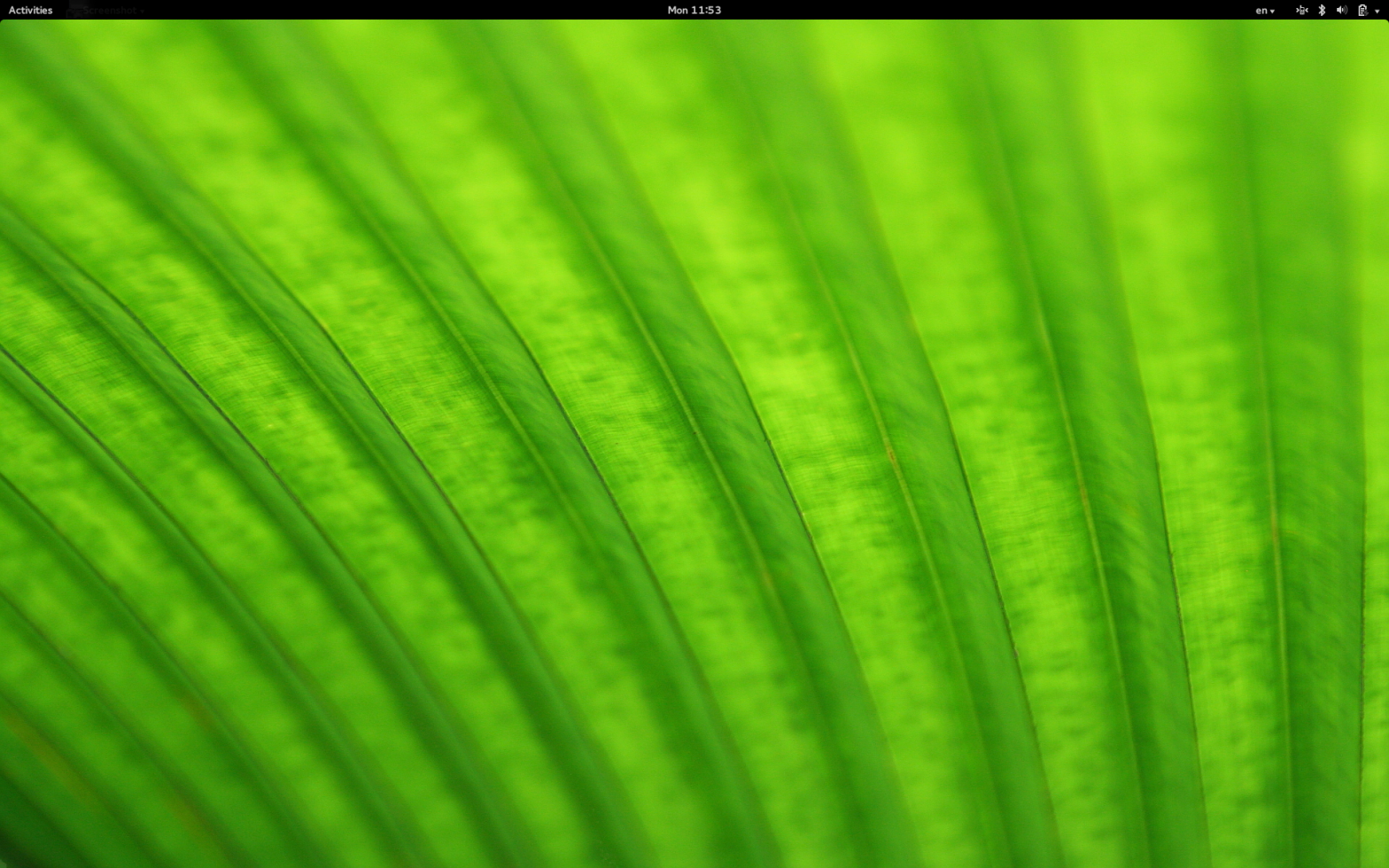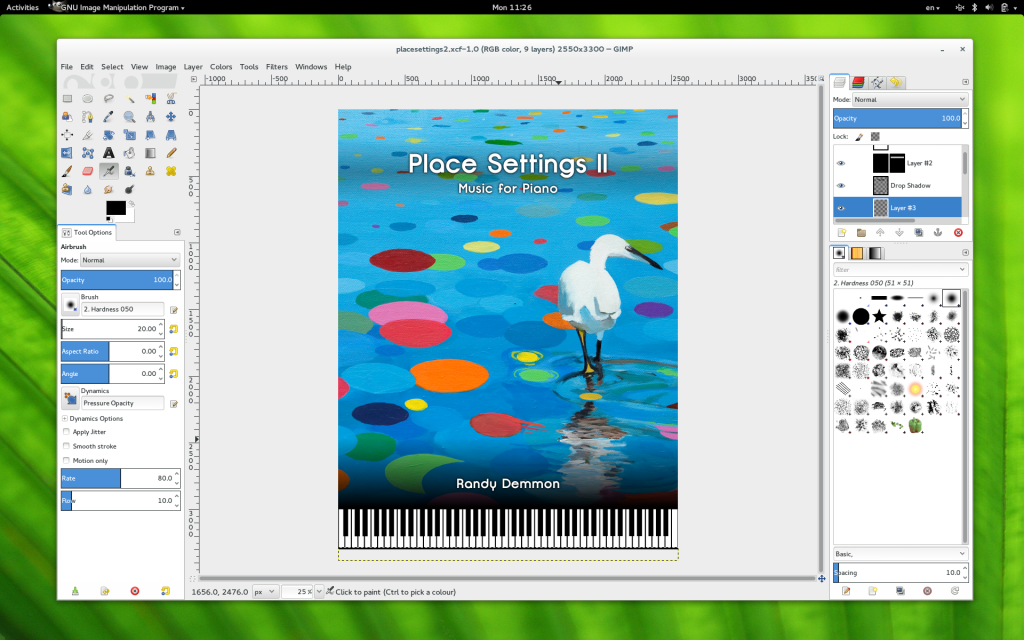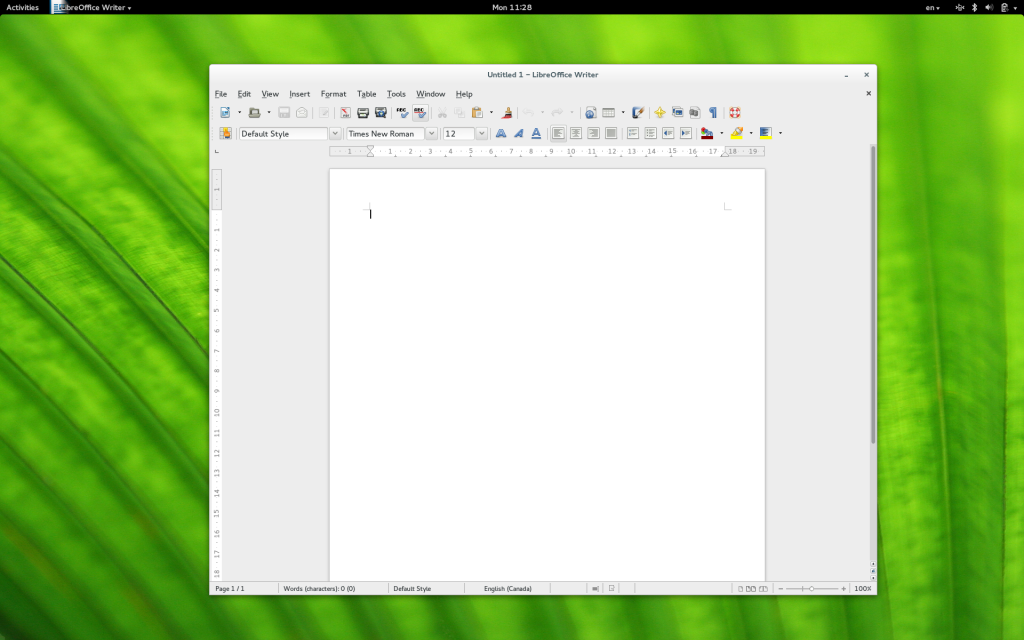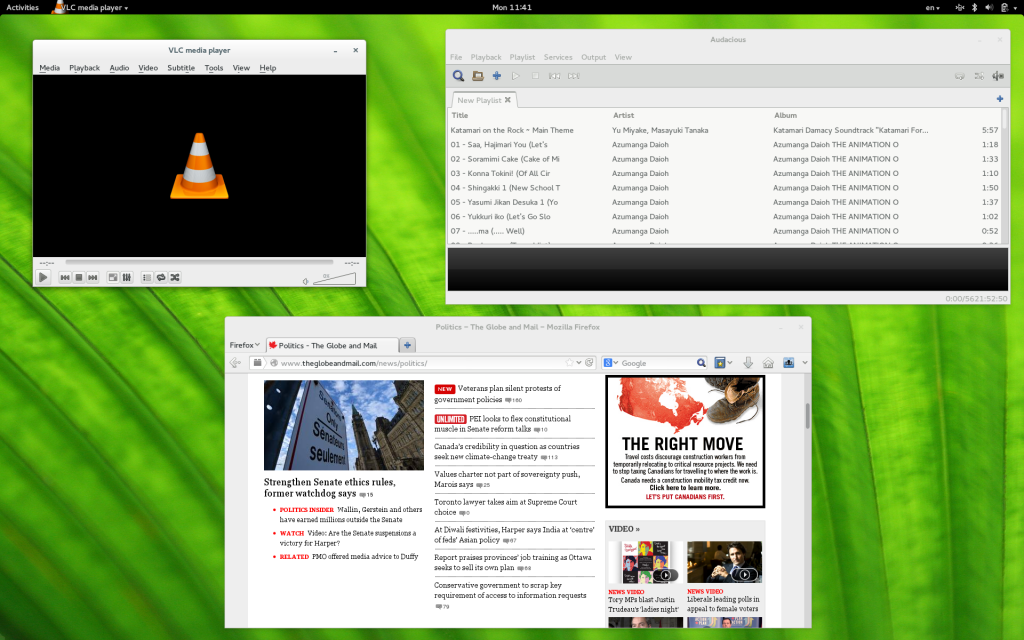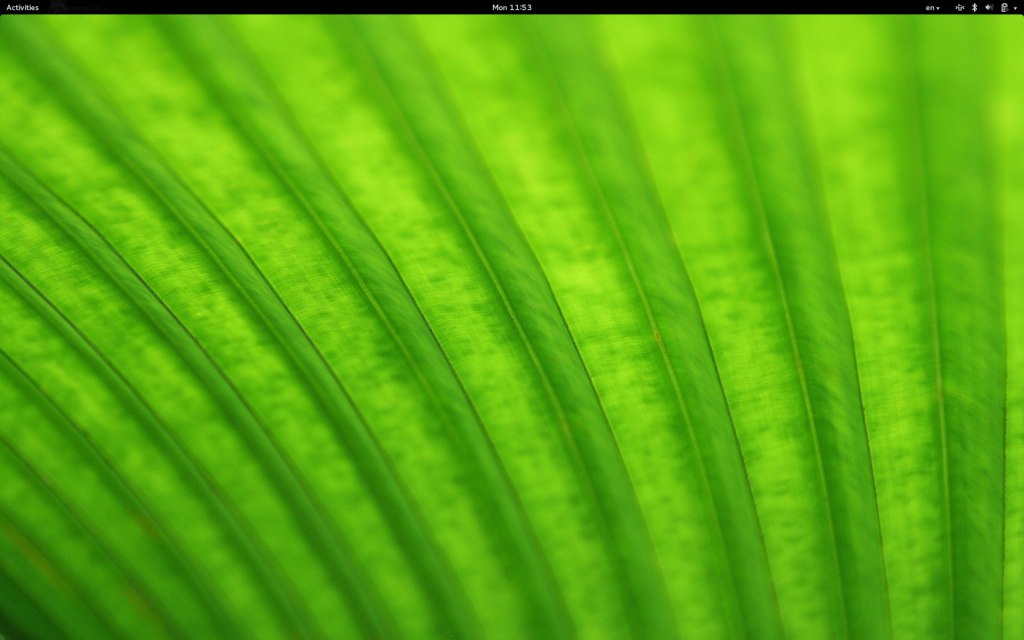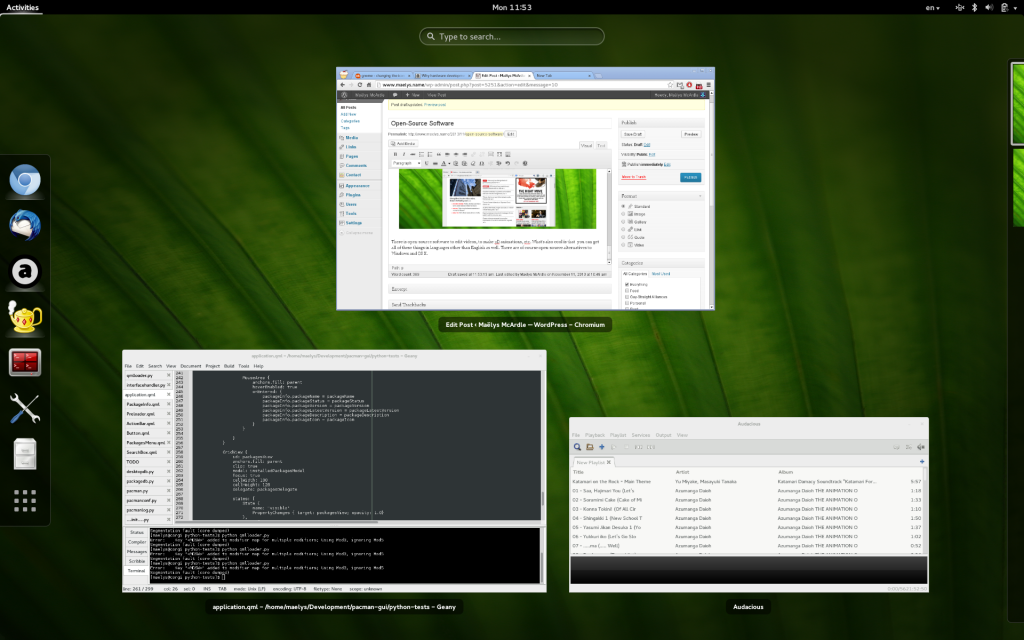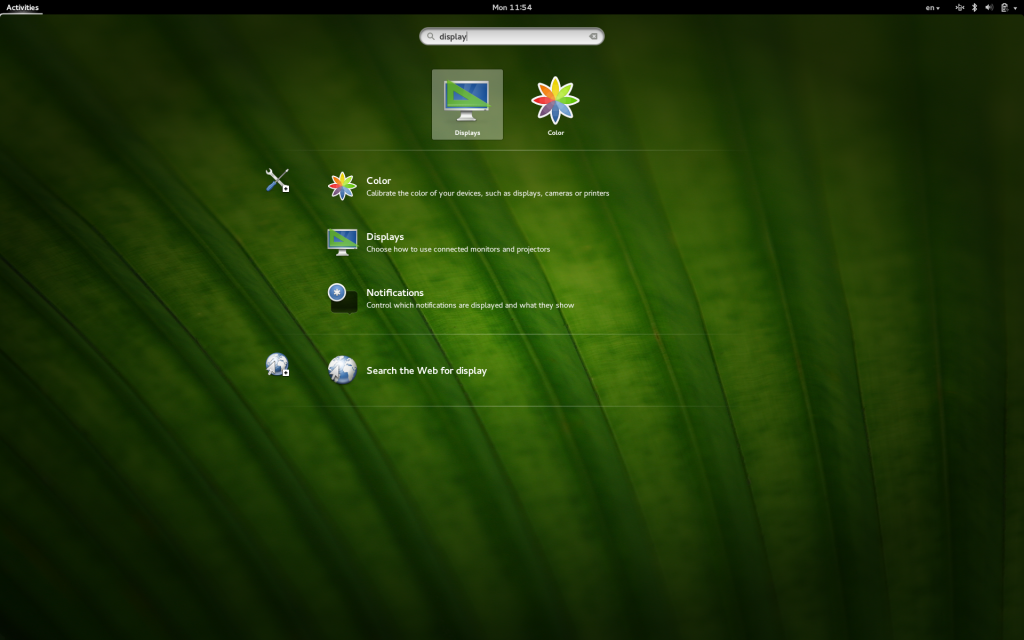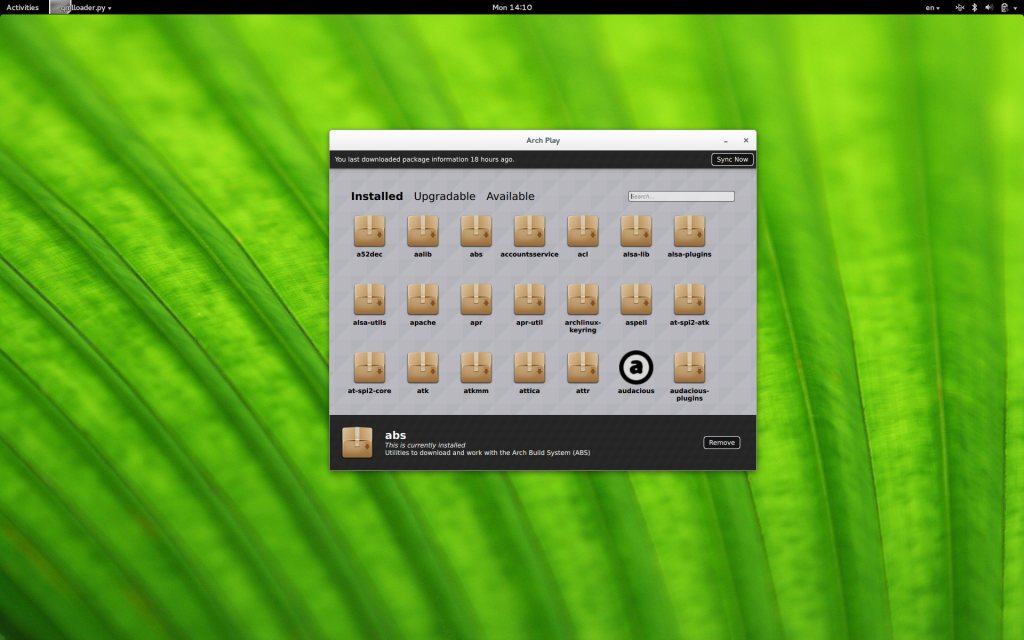When I was in university, I pirated loads of stuff.
I loved being creative and using my computer to that end. The problem was that good software to enable this creativity was not accessible. If I wanted to play with photos and imagery, that was $700 for Photoshop. If I wanted to do 3D animations, that was $3,000. Heck even editing documents meant splurging $300 on Microsoft Office.
I was making $1,000 a month while paying for my own rent and tuition. I had no moral qualms about illicitly installing software under those circumstances. In the absence of unauthorized copies, I would not have used this software at all – and that would have signified a net reduction in the kind of creative output I desired.
However, it’s also through that period that I saw the open-source movement make great gains. The principles of this movement was as old as software itself, and it involved putting the code for your software out there for all to see.
It allowed for communities to form and work together to improve the code. That’s an incredible idea to me – digital sculptors from around the world all coming together to make beautiful statues. The strengths of each levied against the skills of others.
More people got into the fold, and with it a greater diversity in the type of software available. The private sector pumped developers in to contribute, to their financial benefit – but never at the cost of closing off access to that software. There were more people than ever before doing it in their spare time too, out of the spirit of community.
Today, the landscape is entirely different than my university days. Software has become far more accessible. You don’t need to spend $700 on Photoshop anymore. Gimp is an open-source project that’s free and an excellent replacement.
You also don’t need to break the bank for a decent word processor or spreadsheet. LibreOffice does everything you could do in Microsoft Office, for the wonderful price tag of $0.
You can watch movies (VLC), listen to music (Foobar, Audacious), or surf the web (Firefox, Chrome).
There is open-source software to edit videos, to make 3D animations, etc. What’s also cool is that you can get all of these things in languages other than English as well. There are of course open-source alternatives to Windows and OS X, like Linux.
You deal with open-source software every day. The server feeding you this website is using open-source source software to render and deliver the text you’re reading. If your phone is running Android, that’s open-source. Ever used Firefox or Chrome? Open-source.
This community has given me so much, and I try to do my own minuscule part to give back. I’ve made a utility to make encryption simple, a tool to compare files visually, and these days I’m working on this thing to make installing software more beginner-friendly.
That’s not to say that there is no room for proprietary software, or that there is a viable free alternative to everything. There will always be a space for the former, and the latter is growing ever richer.
What I like though is that this community born out of hacker culture is enabling this tool with unlimited potential to be accessible to more and more people. Combine that with the downward pressure on hardware prices, and I see a very exciting time ahead.

